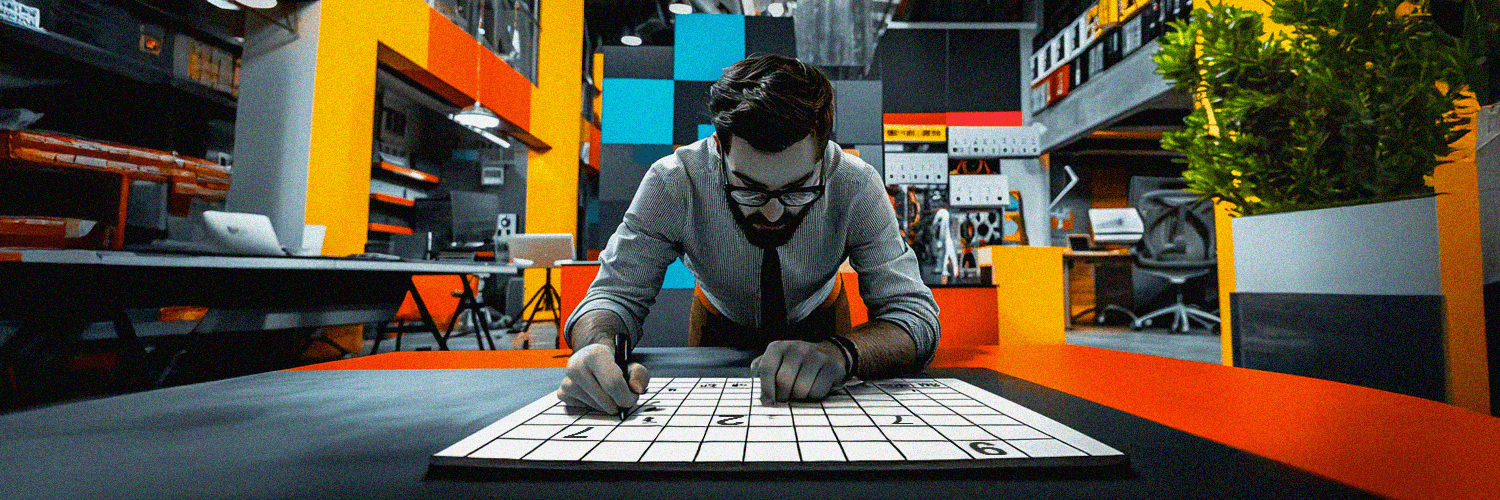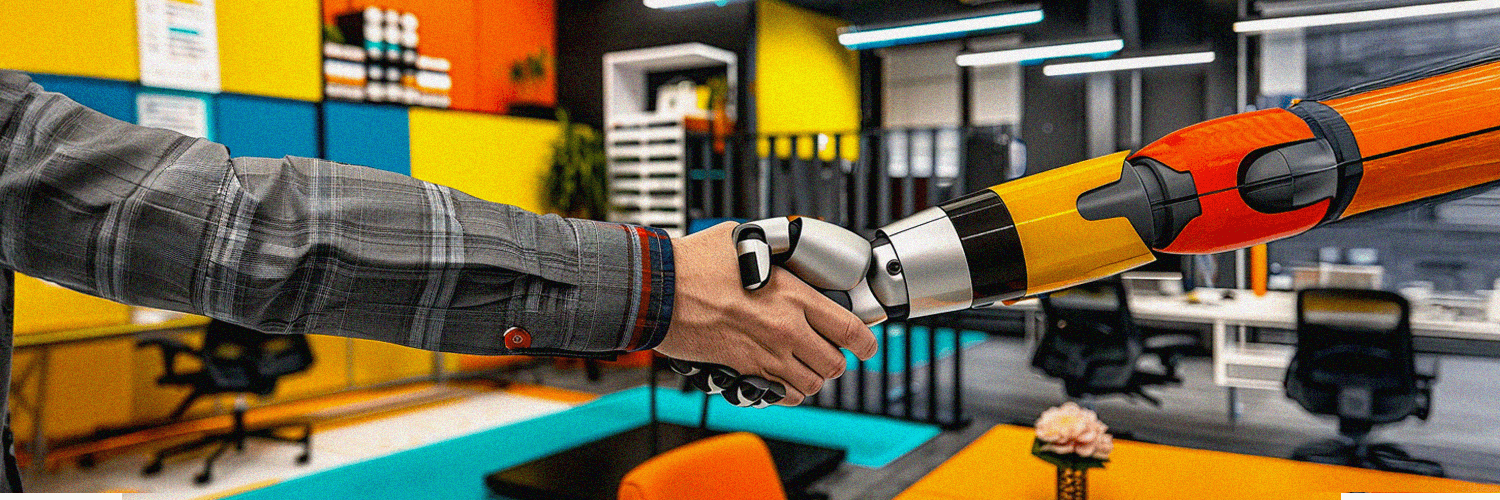Hot desking promises to eliminate hierarchy, increase productivity and promote social interaction between employees, but paradoxically, it often ends up being very unpopular among the workforce. Why? Let us explain why unassigned seating might not be working the way it should and what you can do about it.
Not promoting movement and flexibility
Hot desking requires a flexible mindset not only from the office managers but also from employees. Their eagerness to switch workstations and move around the office is what makes hot desking work.
In reality, however, many employees tend to confine themselves to desk-bound behavior. Claiming workstations with personal belongings and avoiding diversification are common even in workplaces with open seating policies. Deeply rooted sedentary habits are not only bad for your hot desking goals: sitting for long periods at work is linked to a host of health problems and a decline in productivity.
How to fix it: establish movement and flexibility in the structure of the office by reconsidering the allocation of different amenities within spaces. For example, you can centralize common-use items (such as printers) to encourage employees to get off their backsides and move around more or make a distinction between workspaces by designing them for different activities and offering access to different tools (like dual display). This way, the one and only desk will not be enough to perform all daily tasks.
The absence of clean desk policy and storage space
From plants to books or family pictures - personalizing the workspace with dear to heart possessions is believed to help familiarize the workplace environment and create a “safe space” in the office. But there's a dark side to it: personal belongings left on the desk may create a faulty impression that it’s occupied and discourage other employees from using it.
How to fix it: make sure to set up a simple and straightforward clean desk policy: employees must leave their working space free of papers, laptops, mugs, photographs, etc. at the end of the day. To keep the desks empty and ready for new occupants, a well-coordinated storage system is essential. Provide employees with an adequate amount of personal lockers or boxes to keep their belongings when they leave the office.
Going manual
One of the biggest hot desking mistakes is trying to implement and consolidate it manually. While flexibility and clean desk problems are policy-related, the issues we are about to discuss from now on stem from the lack of management tools and technology.
Flexible seating arrangements are based on the first come - first served principle. However, put in practice as is, it will lead to a situation where earlybird employees get to work at their desired desk, leaving no choice for the ones who come in later. Eventually, the attempts to establish hot desking may fail due to occurring conflicts and growing dissatisfaction.
How to fix it: opt for the managed approach to the first come - first served and ensure that all employees have equal opportunities to be the first. For example, a desk booking solution can become the central hot desking control panel, allowing everyone to plan their seating in advance while providing your organization with insightful data about occupancy trends, booking patterns, and office utilization rates.
Poor visibility
Another problem with manual hot desking is poor visibility. The bigger the office, the harder it is to know what seating options are available, what amenities they offer, what activities they are designed for. Despite the wide selection, people end up choosing a limited amount of familiar workstations.
The ones who dare to explore risk wasting time. The survey of over 1,000 workers, cited by HRM Online, found that those employees working in unassigned desk setups were spending an average of 18 minutes - the whole coffee break - each day trying to find an appropriate workspace.
How to fix it: a visual, interactive representation of your office, its spaces and their occupancy is a must-have. Look for a desk booking solution that can offer an accurate, informative floor map, accessible to everyone in the organization and displaying real-time availability information.
Failing to deal with no-shows
No-shows occur when an employee makes a desk reservation but fails to turn up and does not cancel it. It diminishes the credibility of your hot desking policy, prolongs the space search process, decreases planning efficiency and analytics accuracy.
How to fix it: enhance your desk reservation process by adding an extra step: check-in/out. Done by scanning a space-specific QR code, using booking devices with ID readers, or simply confirming presence in a web application. If check-in is not performed within 15 minutes (or any other time interval defined by your organization), the space is freed up and added to the available list. This simple action cuts off the number of spaces booked for no reason and smoothes your hot desking policies.











